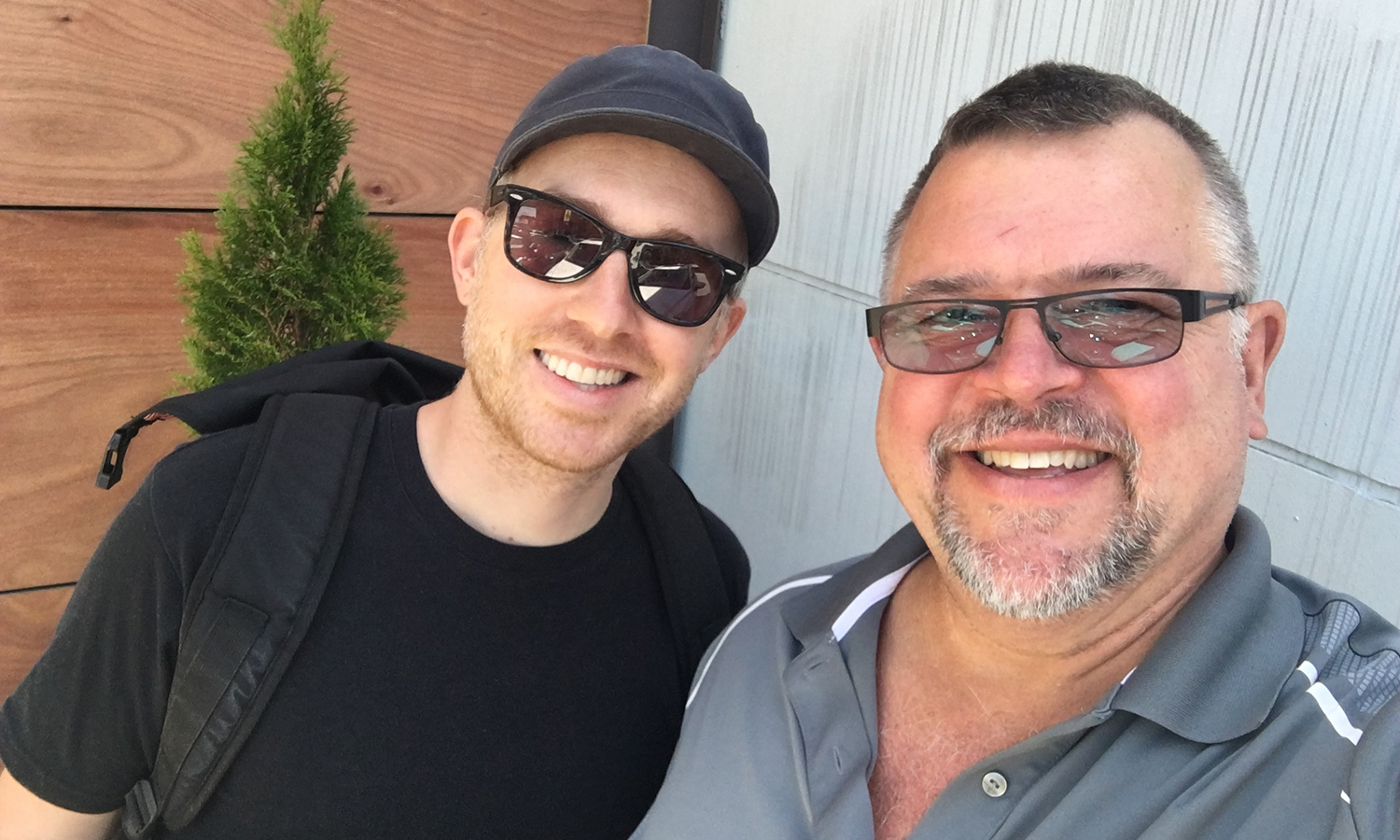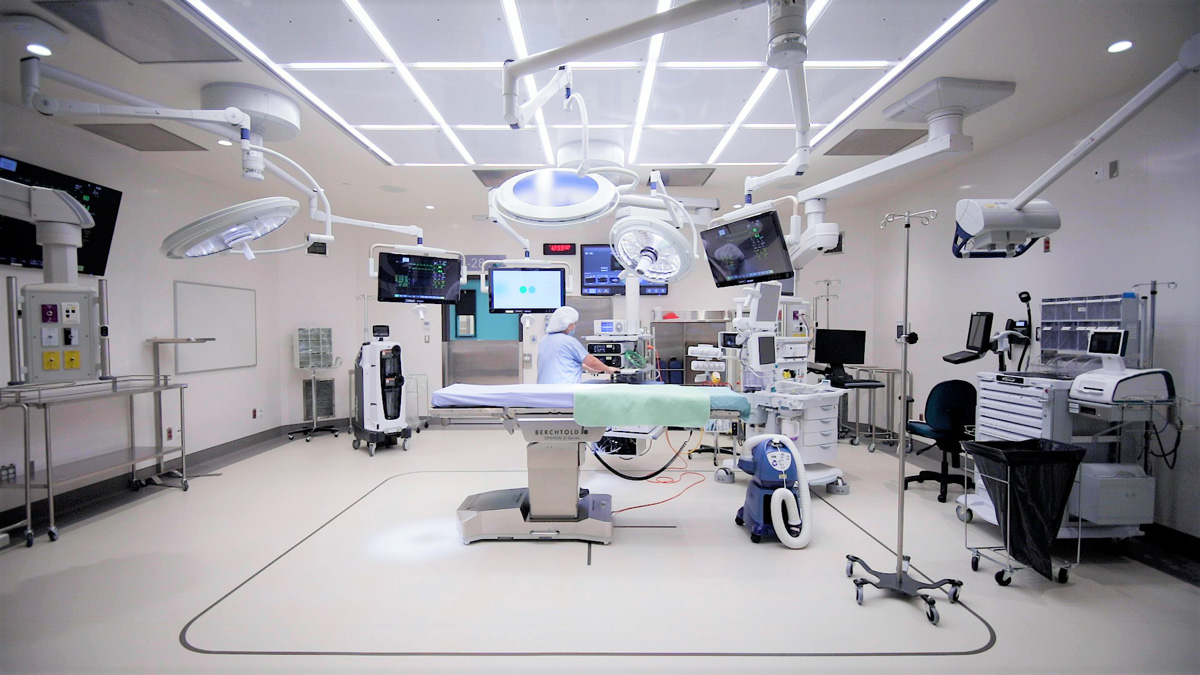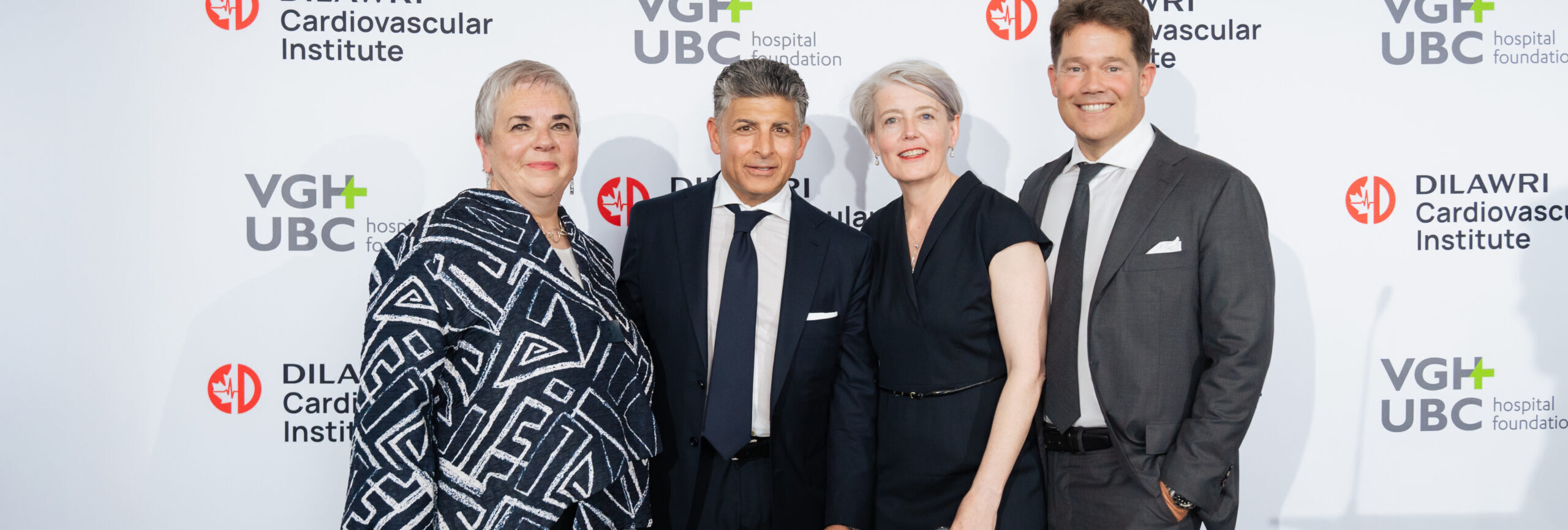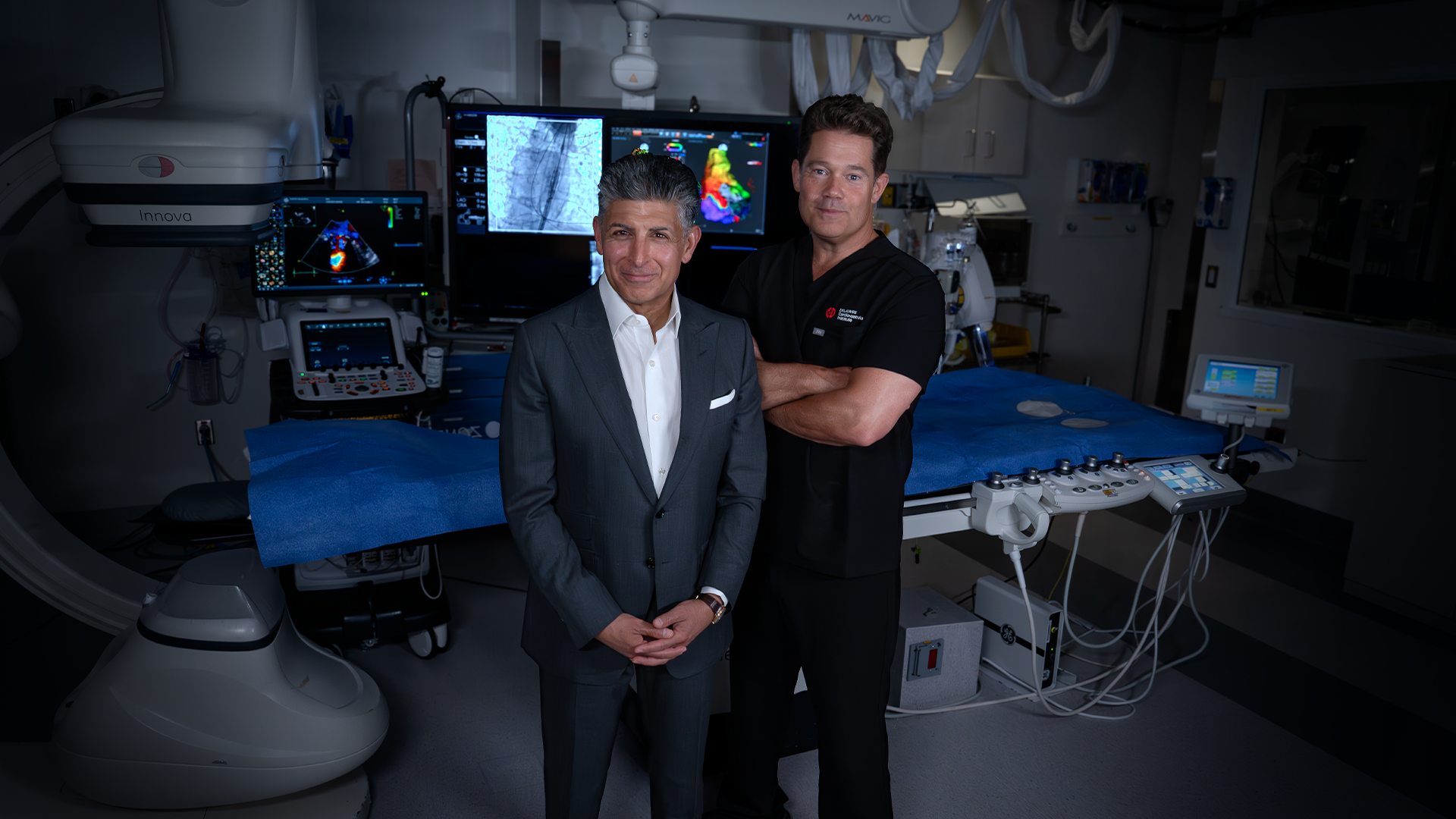Mike Severloh is lucky to be walking again.
Last May, he was cycling in Kitsilano when he was T-boned by a car going down West 4th Avenue. Mike landed about 20 feet away, fracturing his left wrist and two vertebrae in his neck as well as suffering a severe head injury. He was taken to Vancouver General Hospital (VGH) and put into a medically induced coma.
Because of the injury’s severity, Dr. Myp Sekhon and the intensive care unit at VGH implanted wires into his brain to monitor and maintain oxygen and pressure levels. Determining how much oxygen Mike’s brain needed, they used an innovative monitoring technique – called autoregulation monitoring – that Dr. Sekhon learned from the University of Cambridge, a trip funded by a donor-supported award from the VCH Research Institute.
“Mike had quite a severe type of brain injury called diffuse axonal injury where there are widespread small hemorrhages throughout the vital areas of the brain,” says Dr. Sekhon, an intensive care physician and neurointensivist at VGH. “This is an injury pattern associated typically with dismal outcomes or vegetative states so the fact that he’s had a remarkable outcome with autoregulation monitoring is inspiring”
Mike spent a long month at VGH and then went to GF Strong Rehabilitation Centre for another month to work on his motor skills and balance – he spent several months working with therapists but has recently been discharged from all programs.
“I’m feeling good. The recovery has really picked up and life is getting better,” Mike says. “I started walking about two months after the accident and I owe it all to the VGH staff and my time spent at GF Strong. From there, my body just started to heal… step by step I have been returning me to me.”
“I feel very fortunate to be walking but even more fortunate to be alive – I was so close to death. My quality of life is much better than it could have been because of the doctors who helped me.”
– Mike Severloh
“He’s made a phenomenal recovery and he’s pretty well back to where he was,” says Dr. Sekhon. “He’s doing awesome.”
A key part of this story and Mike’s recovery is the near infrared spectroscopy technology (with funds raised by donors), which monitors blood and oxygen levels in the brain. They they have used on other patients as well as Mike, saving more lives and creating better and better outcomes.
“Our outcomes have continued to improve and we have come to expect full neurological recoveries in our patients.,”says Dr. Sekhon.
He explains that their favourable outcome rate has increased from 40 per cent to 60 per cent using this equipment, which places VGH amongst the leading neurotrauma centers internationally.
Despite all of the progress, Mike (and his wife) aren’t quite ready for him to get back on the bike.
“I’m a little hesitant. Not scared, just weary – my wife is especially nervous as she was the one who had to endure the brunt of the emotional trauma,” he says. “First, I will likely try riding on the seawall or in parking lot – somewhere safe and controlled. My vision is still a bit damaged, so I need to wait for that to get better. But I’m looking forward to getting back on the road.”
Share this:




